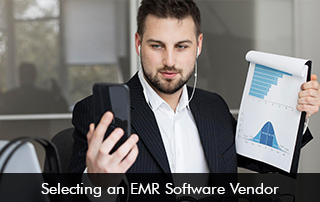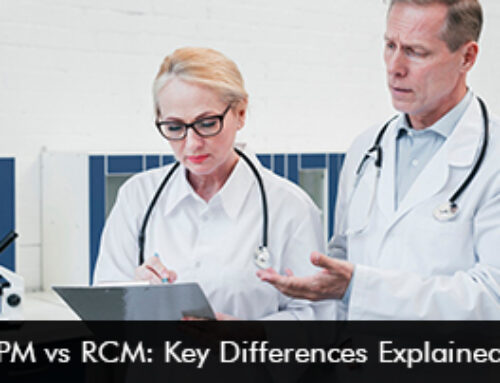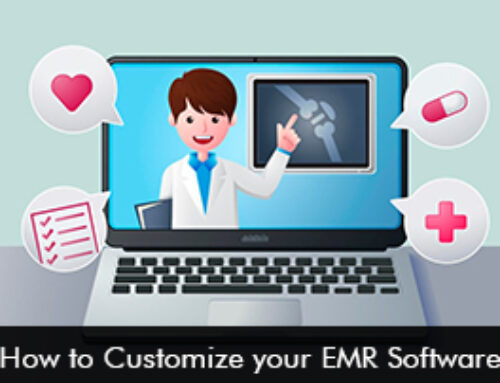Selecting the right Electronic Medical Records (EMR) Software can be daunting for many healthcare organizations. It is a critical digital health approach on which the practice’s success depends. To help navigate the selection process we have outlined the key considerations that will facilitate practices strike the right EHR Software choice.
Practice Requirements and Needs
Every medical practice has different needs and one–size–fits all EMR Systems are not available in the software market. It only makes sense to understand your own practice needs. Electronic Health Records Software requirements differ according to the size and expertise of the practice. A tiny clinic may have different needs than a major hospital.
Key Features Present in a Top-ranked EMR Software
A practice may want to implement an EHR Software system that offers the following functionalities to streamline daily workflows and enhance patient care:
- Patient Scheduling
- E-Rx
- Lab Integration
- Reporting and Analytics
- Patient Engagement Solutions
- Telehealth to support remote care
- Population Health Tools
- Health information exchange for care coordination
- Decision Support Tools
Cost Considerations When Selecting and EHR Software
Up-Front Costs VS Long-Term Costs
Recognize the upfront implementation costs as well as recurring expenses for things like upkeep, software updates, and vendor support.
Return on Investment (ROI)
Determine the effect the EMR software will have on the productivity and income of your clinic. The investment should reap the benefits of efficiency, automation, and simplified tasks.
Importance of EHR Software Vendor Stability and Long-Term Viability
Healthcare organizations ought to evaluate the vendor’s financial stability. Consistent upgrades and support are more likely to be offered by an Electronic Medical Records Software provider that is financially secure. They can also support scaling strategies and continue to retain solid health IT partnerships. Understand the vendor’s plans for the software. Regular upgrades and a clear product roadmap are indicators of a trustworthy EHR software provider.
Know your Contract Terms and Exit Strategy
Last but not least practices should thoroughly go through the Service Legal Agreement (SLA) for response times and penalties for software non-compliance. There needs to be a clear exit strategy in case the practice decides to switch EMR Software vendors in the future. The terms of contract termination have to be transparent.
Bottom Line
When choosing an EHR Software vendor, practices must carefully consider its needs, the vendor’s capabilities, and the opportunity for long-term collaboration. Following these steps will allow healthcare organizations to make an informed decision that is consistent with their aims and ensures that your healthcare services run smoothly.







